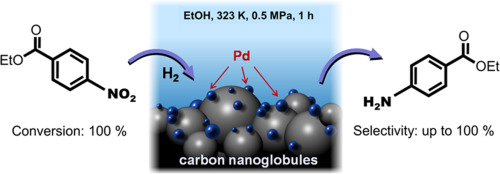Pure molybdenum, TZM or MoLa Alloy?
Molybdenum - Element information, properties
SAM prepares our molybdenum to perform perfectly in every application. We can determine the following properties through the addition of various alloys:
- Physical properties (e.g. melting point, vapor pressure, density, electrical conductivity, thermal conductivity, thermal expansion, heat capacity)
- Mechanical properties (e.g. strength, fracture behavior, creep resistance, ductility)
- Chemical properties (corrosion resistance, etchability)
- Machinability (e.g. cutting processes, formability, weldability)
- Recrystallization behavior (recrystallization temperature, embrittlement, aging effects)
Molybdenum & Molybdenum Alloys
And there's more: By using our own customized manufacturing processes, we can modulate various other properties of molybdenum across a wide range of values. The result: Molybdenum alloys with different ranges of properties are precisely engineered to meet the requirements of each individual application.
Name of material | Chemical composition (percentage by weight) | |
>99.97 | ||
0.5 % Ti / 0.08 % Zr / 0.01 - 0.04 % C | ||
ML | 0.3 % La2O3 | |
MLR (R = Recrystallized) | 0.7 % La2O3 | |
MLS (S = Stress relieved) | 0.7 % La2O3 | |
MoILQ (ILQ = Incandescent Lamp Quality) | 0.03 % La2O3 | |
MoNb | MoNb10 | 9.71 % Nb |



